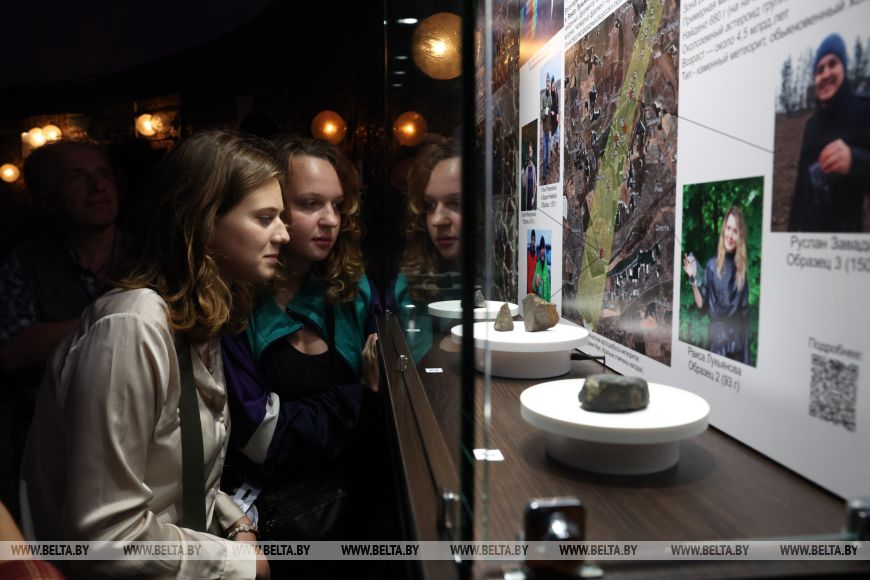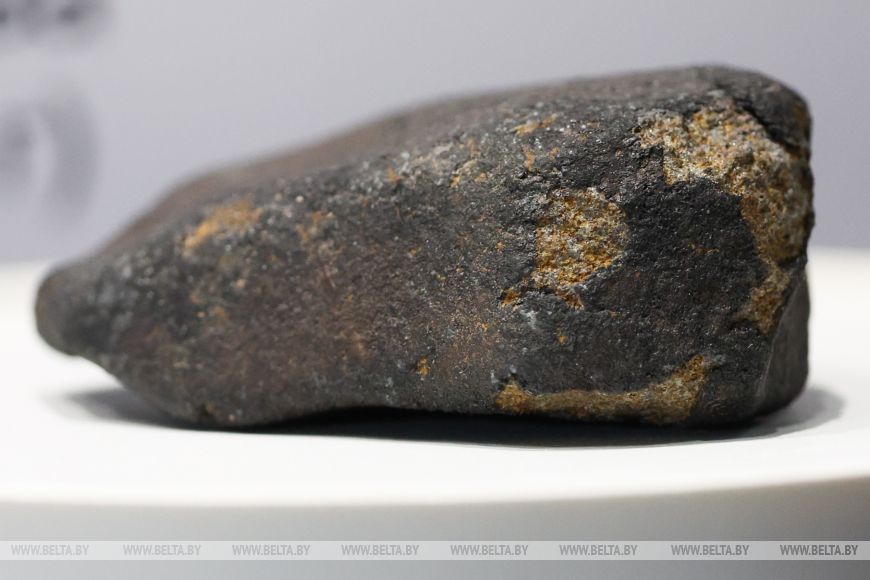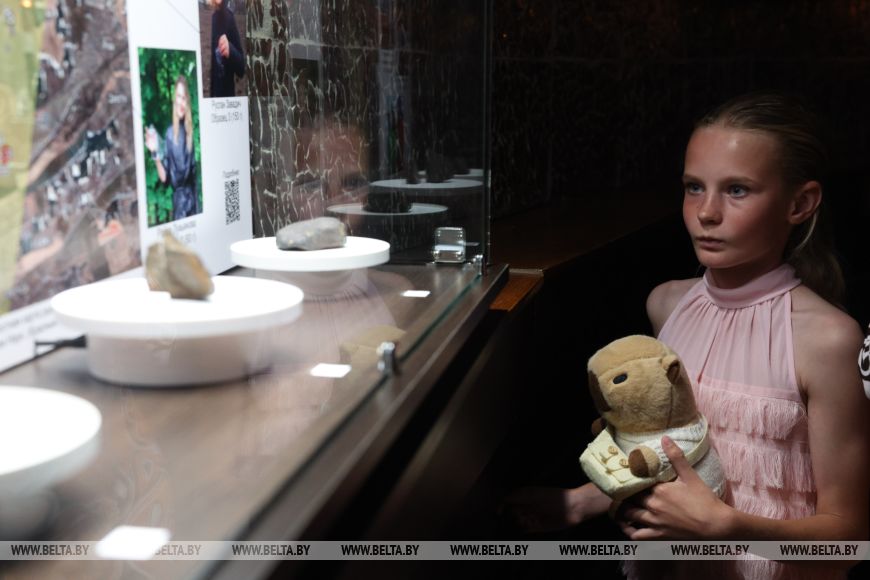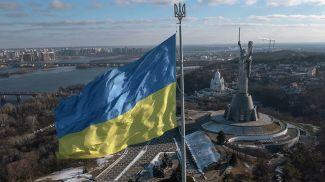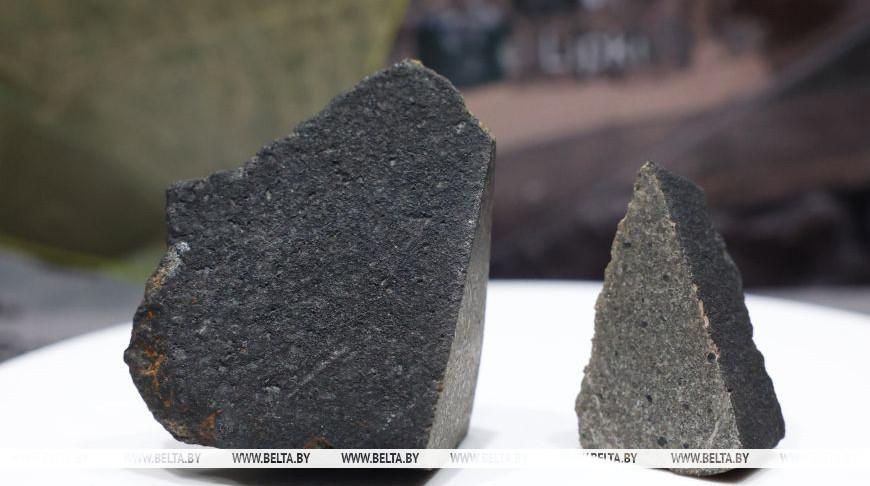
MINSK, 21 August (BelTA) – The Smalyavichy meteorite has been officially recognized by the international scientific community with its entry into the global Meteoritical Bulletin Database and has gone on display for the first time at the Minsk Planetarium, Head of the Minsk Planetarium Aleksandr Mikulich told BelTA.
After a search for the meteorite fragments in January-February 2025 and months of subsequent research by scientists and volunteers, the meteorite finally was put on display at the Minsk Planetarium on 21 August.
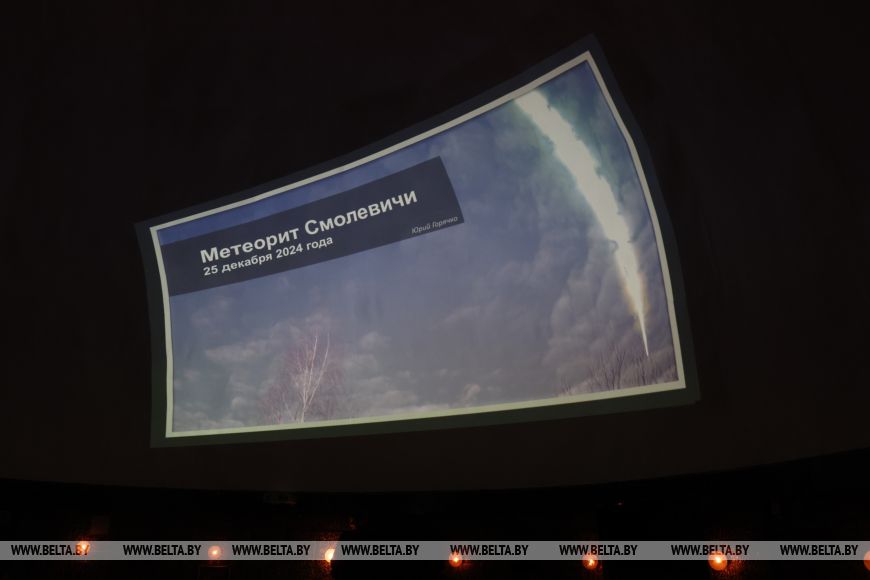
The estimated total mass of the meteoric matter is up to 10kg, with the largest fragments still missing. The scientists and volunteers involved in the search managed to find several fragments with a total mass of about 680 grams.



“Several samples were found, four of which were transferred to the Minsk Planetarium. They subsequently underwent the process of research and recognition. The samples were handed over to the Research and Production Center for Geology at the Ministry of Natural Resources and Environmental Protection, where a special commission on meteorites was established to study them and confirm their uniqueness,” Aleksandr Mikulich explained.
This is the seventh meteorite ever found on the territory of Belarus. The discovery holds a unique status and is considered a national treasure.
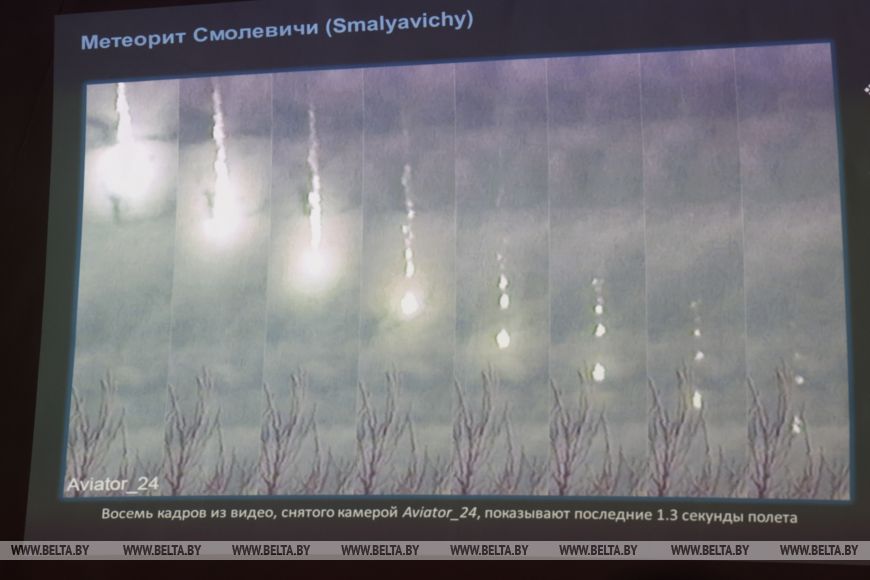
The meteorite was also studied by Russian colleagues, who registered it in the Meteoritical Bulletin Database, which is recognized by the global scientific community. The database now contains a description of the Belarusian find, its chemical composition and a brief history of the search.
According to Aleksandr Mikulich, this also carries political importance. The meteorite fall in Belarus received global attention. The meteorite can be studied not only by scientific laboratories in Russia but also in other countries with specialized facilities for analyzing meteoritic matter.
“We believe that in the future, they will be interested in researching this particular meteorite. An extensive scientific research effort is underway, with papers in preparation that will include references to the Smalyavichy meteorite. Scientifically, this is an event of great importance,” Aleksandr Mikulich noted.

